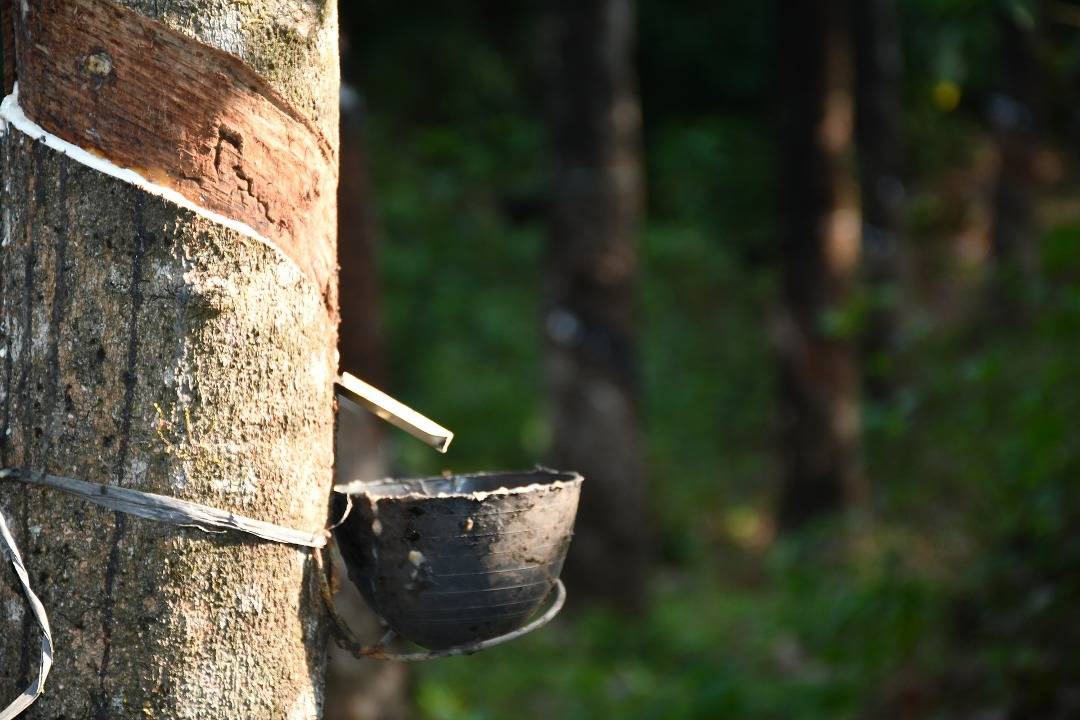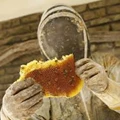
It was an exciting day at Sarutari research farm in Guwahati as the Rubber Board of India planted the first genetically-modified (GM) rubber plant on 22 June 2021. This is believed to revolutionize the cultivation of natural rubber in India.
The GM rubber plant is developed at the Rubber Research Institute of India (RRII). It is anticipated to do well under the climate conditions of the Northeast.
Statement of Chairman and Executive Director of Rubber Board
KN Raghavan, the Chairman and Executive Director of Rubber Board, said, “The GM rubber plant is expected to tide over the severe cold conditions during winter which is a major factor affecting the growth of young rubber plants with additional copies of the gene MnSOD (manganese-containing superoxide dismutase) inserted in it.
Through breeding and selection, RRII has earlier developed two high-yielding hybrid clones of rubber that are adapted to the climatic conditions of the Northeast. This is the first time any GM crop is developed exclusively for this region.”
While you read this, also know about Kerala’s rubber plantations.

About MnSOD gene in the GM rubber
MnSOD gene protects plants from harsh weather and adverse effects that arise due to environmental stresses like drought, severe cold, and such others.
It is found that young rubber plants stunt their growth during cold months, which also bring a progressive drying of soil. The severe cold coupled with drying of soil lead to a delay in the maturity of rubber plants.
Researchers hope that rubber featuring MnSOD gene will be able to withstand severe cold and other harsh weather conditions and come out as a winner.
“What is planted now is not on a commercial bass, but on an experimental level following all mandatory bio-safety measures applicable to field trials involving GM crops,” informs Raghavan.
Important points of GM rubber plant
Chairman and Executive Director of Rubber Board has clarified that:
-
The MnSODgene is extracted from the rubber plant itself, so there should be no fear of other crops’ characteristics overlapping rubber’s.
-
Copies of the genes were produced in the lab.
-
Then, scientists re-inserted this gene into the cells of rubber plant.
-
The plant containing this gene was then regenerated into a full plant and planted in the field.
Why is this GM rubber safe?
This GM rubber is safe, as per Rubber Board, because there exists no other plant species in the country that can breed with natural rubber. So, there is no possibility of a gene getting transferred from the GM rubber to any other native species.
Genes “jumping” from one species to another is one of the concerns environmental groups raise when they debate on GM crops in general. In this case, there are no “jumping genes.”

















